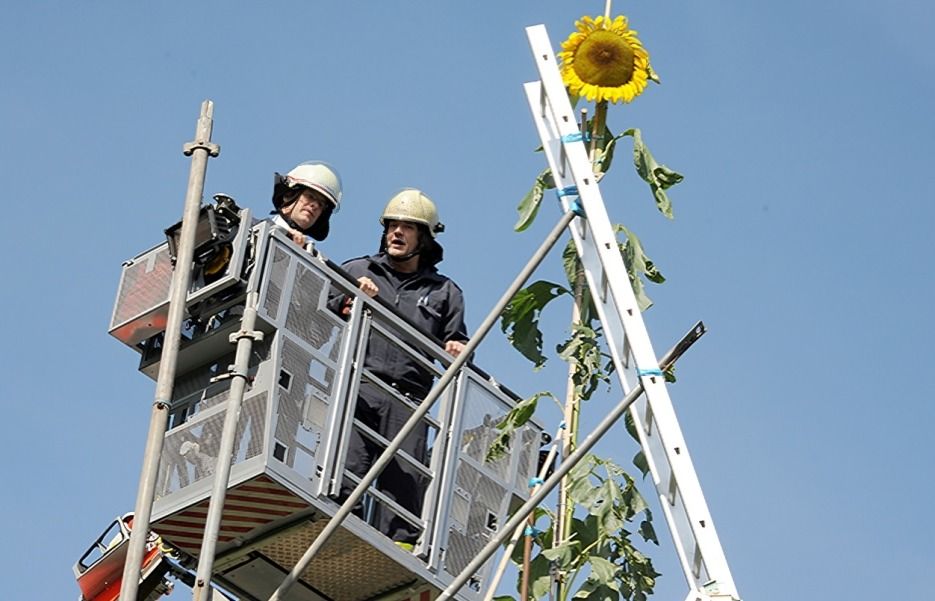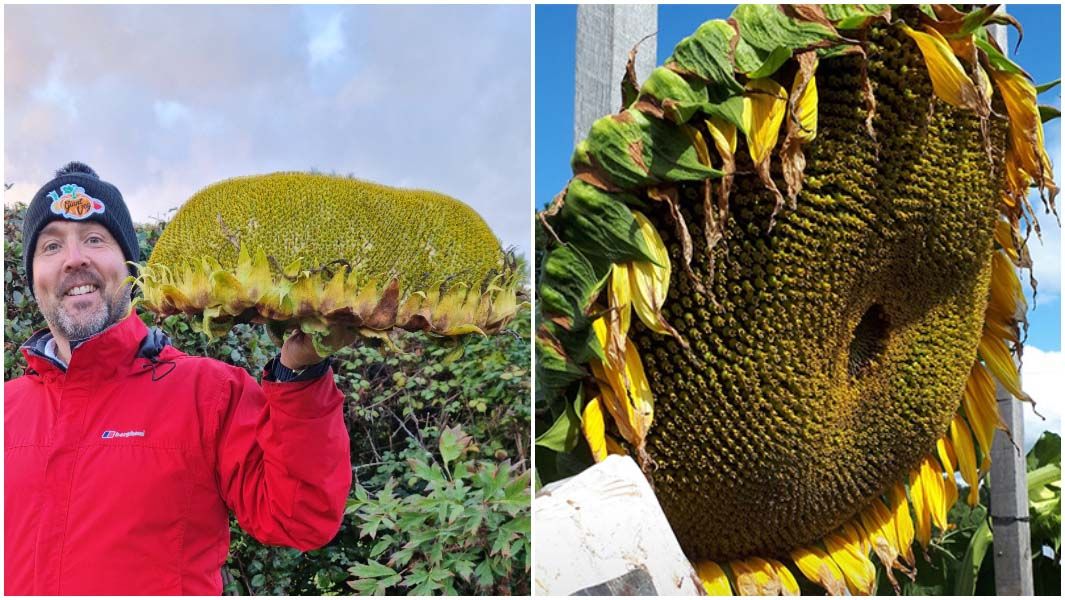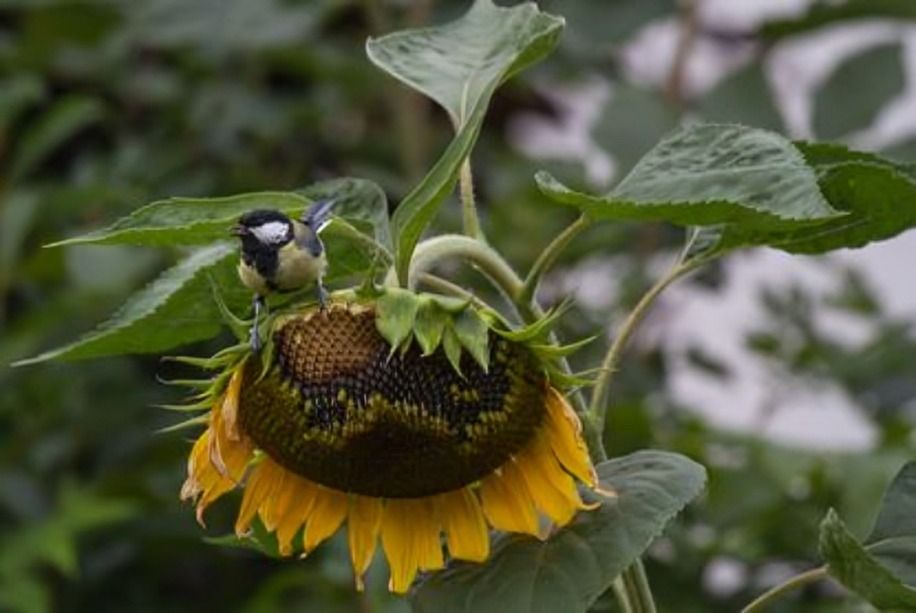
“
Sunflowers, with their vibrant yellow petals and impressive, towering stems, are not just eye-catching additions to any garden; they are botanical marvels brimming with secrets and stories. As we uncover 20 Sunflower Facts for Kids we'll embark on an educational journey that reveals how these extraordinary plants have fascinated people for centuries and continue to inspire awe with their remarkable features. So, let’s dive into the enchanting world of sunflowers and discover what makes them so special and intriguing!1
1
”
Sunflowers are not just pretty flowers; they are also incredibly useful. Did you know that they can grow up to 10 feet tall? These cheerful flowers are known for their large, round faces that actually follow the sun throughout the day, a behavior called heliotropism. 1
Sunflowers have a rich history, with Native Americans using them for food and oil. They introduced sunflowers to the world, and today, these vibrant flowers are cultivated globally for their seeds and oil, showcasing their enduring value. 2

While most people think of sunflowers as yellow, they can also be found in shades of orange, red, and even bi-color varieties. These vibrant colors attract bees and butterflies, making them important pollinators in gardens.
Each sunflower can produce up to 2,000 seeds. These seeds are not only a tasty snack for humans but also a favorite treat for birds like finches and chickadees, making sunflowers beneficial for both people and wildlife. 3
Sunflower seeds are an excellent source of protein and healthy fats. Packed with essential nutrients, they provide a nutritious boost to your diet, supporting muscle health, heart health, and overall well-being with their beneficial fatty acids and protein content. 4
Sunflower oil is not just for cooking; it's also used in skincare products for its moisturizing properties. Additionally, sunflower petals have been used in traditional medicine for treating respiratory conditions. 5

In 2014, Hans-Peter Schiffer of Germany set a record for the tallest sunflower, reaching an incredible height of 9.17 meters (30 feet 1 inch). This achievement marked his third time holding the impressive world record.
The name 'sunflower' originates from the Greek words Helios, meaning 'sun,' and Anthos, meaning 'flower.' The plant earned this name because its large, bright flowers turn to face the sun, reflecting its solar-inspired nature. 6
Vincent van Gogh famously painted a series of sunflower still-life paintings. His vibrant and expressive artwork captured the beauty and symbolism of sunflowers in art history.7
Bees and other insects pollinate sunflowers by transferring their sticky pollen between flowers. This process is essential for reproduction, as it helps the flowers produce seeds and ensures the continuation of the sunflower species. 8
A sunflower's head is made up of thousands of tiny flowers called florets. These florets develop into seeds, which are densely packed in the flower's center, creating the distinctive and familiar appearance of the sunflower's large, round head. 9
Some studies suggest that the nutrients in sunflower seeds, including vitamins and minerals, may promote hair growth and strength. Their rich content of essential fatty acids and antioxidants supports healthy hair, contributing to improved hair vitality and resilience. 10
Sunflowers have a relatively short life span. From planting to harvest, they typically grow and mature in 70 to 100 days. After blooming, the flowers last about a week or two before the seeds are harvested and the plant dies. 11

The Fortey family from Cwmbran, Wales, grew the world's heaviest sunflower head, weighing an impressive 6.44 kg (14.21 lb), which is 1.23 kg (2.71 lb) heavier than their previous record from 2021.
The common sunflower is economically and ornamentally valuable. Its leaves are used as fodder, the flowers produce a yellow dye, and the seeds are rich in oil and used in foods. Try our favorite roasted sunflower seeds recipe for a tasty treat!12
Sunflowers require ample sun and space to thrive. They grow best with 6-8 hours of sunlight daily, though more is ideal. Adequate spacing is crucial, as crowded plants compete for resources and may not reach their full blooming potential. 13
Sunflowers are famous for their rapid growth. Under ideal conditions, they can grow several inches in just one day, making them a captivating plant to watch. Their quick development showcases the impressive vitality and resilience of these vibrant flowers. 14

Animals such as squirrels, chipmunks, and various birds, including finches and chickadees, love sunflower seeds. They often feed on the seeds directly from the flower or from bird feeders, enjoying the nutritious and tasty treat these seeds provide.
In 2012, U.S. astronaut Don Pettit took sunflower seeds to the International Space Station. He documented the experience on his blog, sharing photos of the seeds growing in space and his unique gardening adventure aboard the station. 15
To grow sunflowers, select a sunny spot with well-drained soil. Plant seeds directly in the ground after the last frost date. With ample sunlight and care, you'll soon see these vibrant flowers grow into impressive, towering giants. 16


